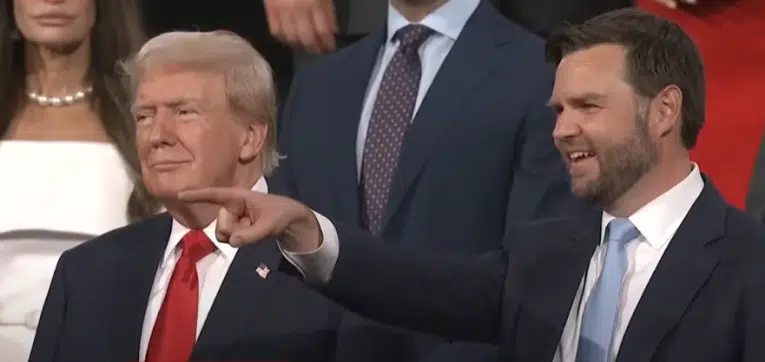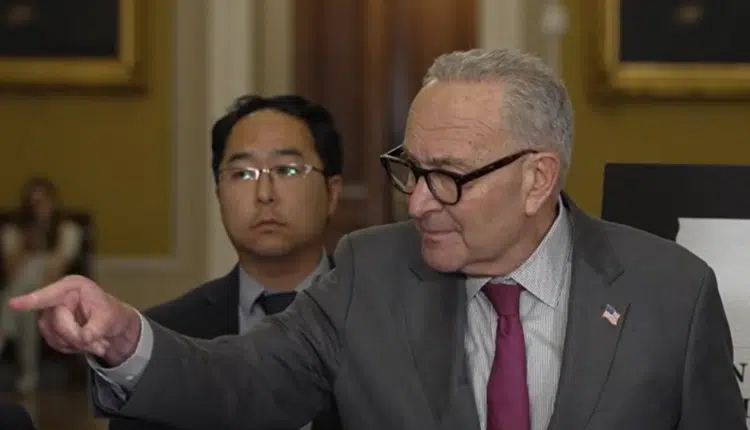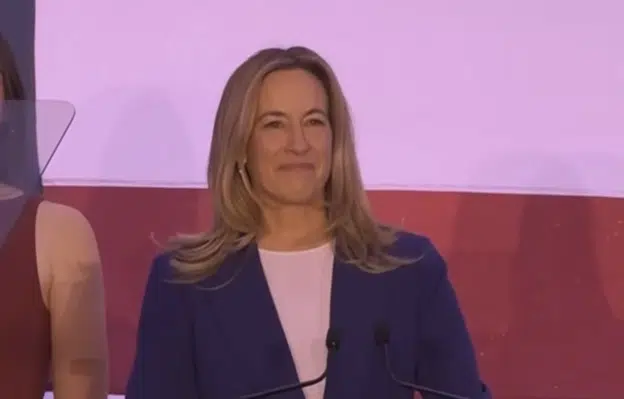It took a little while, but the selloff of U.S. treasuries abroad has ceased for now in August and September — a record $127.4 billion was sold between March and July.
It had marked the largest drop in foreign holdings of treasuries on record, detailed monthly Treasury data going back to the year 2000 reveals.
Most of the increase came in September with a $57.1 billion jump.
Not coincidentally, that was the same month the Federal Reserve announced that it would be continuing its $85 billion a month of purchases of treasuries and mortgage bonds indefinitely.
On Sept. 18 the Fed said it had “decided to await more evidence that progress will be sustained before adjusting the pace of its purchases.” In addition, it said it would keep the Federal Funds Rate near zero percent.
When the so-called “taper” was on the table — and higher interest rates were on the horizon — foreigners curtailed their purchases. And when it was clear the Fed would keep interest rates artificially low for the foreseeable future by boosting demand for treasuries, the market came back.
This creates a rather perverse incentive for the Fed never to stop its purchases for fear of generating a market rout.
For every point of increased interest, taxpayers can up to owe another $172 billion of interest payments on the $17.2 trillion national debt. If rates get too high, it could set off a funding crisis and imperil the dollar’s status as the world’s reserve currency.
By 2022, the national debt will likely total $25 trillion based on projections by the Office of Management and Budget. If interest rates were to normalize to their historical average of about 5 percent, interest owed will total $1.25 trillion a year.
The future growth of debt is already baked into the cake. Unless the baseline, particularly on mandatory spending, is moved downward, 30 years from now we are going to be in serious trouble. There is no way economic growth will be able to keep up.
The debt, which was $16.432 trillion at the beginning of the year, if it continues growing at an average 7 percent rate annually like it did the last 60 years, by 2042, will be $125.08 trillion. Interest payments at a 5 percent rate would then total $6.25 trillion — every single year.
Right now foreign investors and governments hold about one-third of the national debt. If that holds steady, they will need to increase their holdings almost ten-fold to $41.6 trillion.
But will we even get that far without a foreign flight out of treasuries, particularly at the rate we are growing the debt?
If we can, then there’s actually no reason to ever cut government spending. No reason to ever stop borrowing $1 trillion a year. Banks all over the world will keep lending us more money, no matter how profligate we are, and no matter how much of it we monetize ourselves.
Ben Bernanke will be finishing his term as Fed chairman having been unable to stop the money printing. Now it will fall on Janet Yellen to either continue his policy, or to somehow get the genie back in the bottle.
There is a Chinese curse which says “May he live in interesting times.” What’s interesting here is we’ll likely get to find out in our lifetimes if the Fed can forever print money to buy the debt without consequence.
Robert Romano is the senior editor of Americans for Limited Government.







